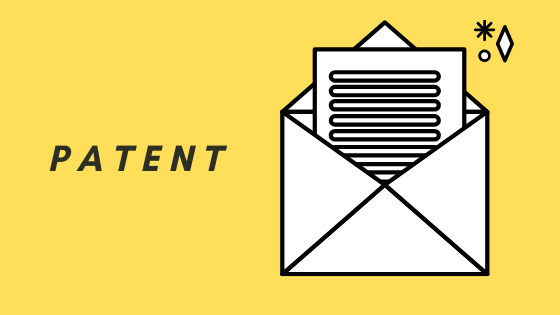There are certain procedures that need to be done for your teeth that are more involved than others. For instance, a root canal will take more steps than if the dentist were to just fill a cavity. The same goes for when a person needs dentures. The traditional method of getting dentures was lengthy, expensive and often required a long recovery time. Nowadays, there are implants for dentures that can be done within an hour, are more secure than traditional dentures and aren’t nearly as expensive as what they used to be. How do you know what type of dentures would work the best for your mouth or that of a loved one?

Implants for dentures are still a procedure you must undergo. However, this is usually done in less than an hour in the regular dentist’s office. Local anesthetic is given and the dentist works in the gum and with the jaw to insert titanium pegs which connect to the denture pieces. These implants for dentures are secure and safe to be in the mouth for the long term. They will not move and can only be adjusted surgically, making the dentures feel secure when in the mouth.
Since the denture implants feel more secure, people are opting for them instead of traditional dentures. Since they snap over the pegs in the jaw, there is never a chance for it to slip when eating or talking. A person can resume their normal diet and eat foods they might not have been able to otherwise if the normal dentures were inserted in their mouth. The same goes for when they are speaking – they do not have to worry about the top or the bottom slipping or falling out.
The implants for dentures are also less messy. The pegs hold the pieces in place, meaning there is no adhesive needed. With less adhesive, there is less mess and also less expense associated with the implants. The pieces will still need regular cleaning, but they won’t contain all of the grit and residue from the adhesive when they are cleaned. Food pieces won’t get stuck in the adhesive, there isn’t any discomfort from too much or not enough adhesive and there isn’t the expense of having to buy it. Or remember to buy it when it is running low.
Another reason why implants for dentures is becoming more popular among patients of all ages is that it is more affordable than other types of implants. Since the procedure is done right in the dentist’s office, there isn’t as much expense associated with all of the staff required to assist in the procedure. One or maybe two people is all that is required to get the job done within the mouth. Insurance will often cover the majority, if not all, of the expense associated with this option since it does require less recovery time and less maintenance down the road. Your own dentist can answer any questions you have if implants for dentures is a good option for you.

